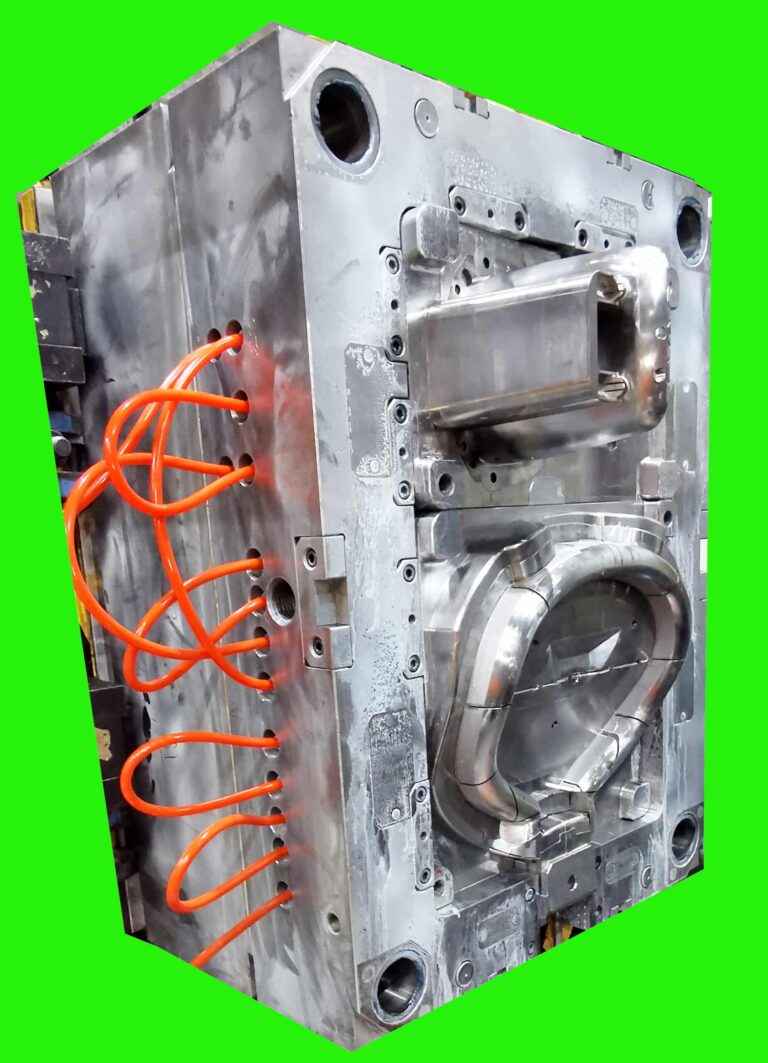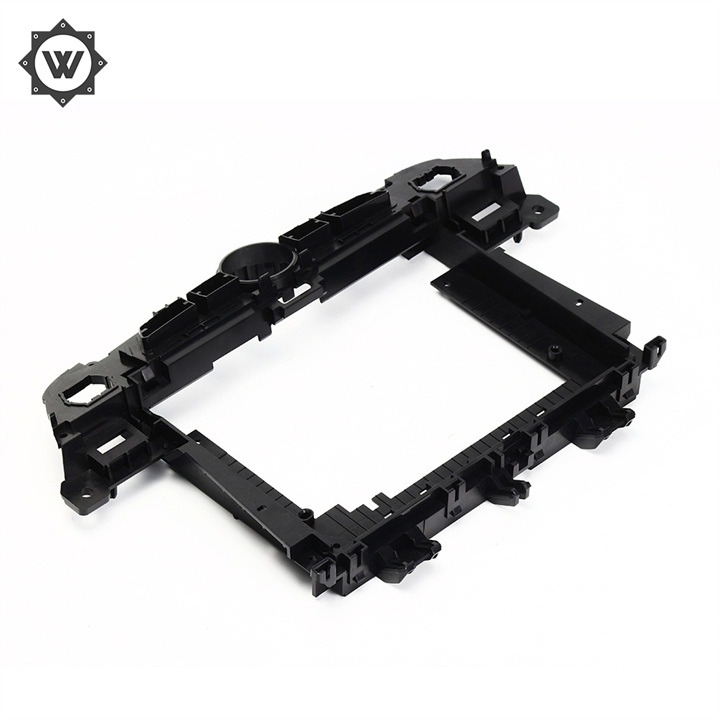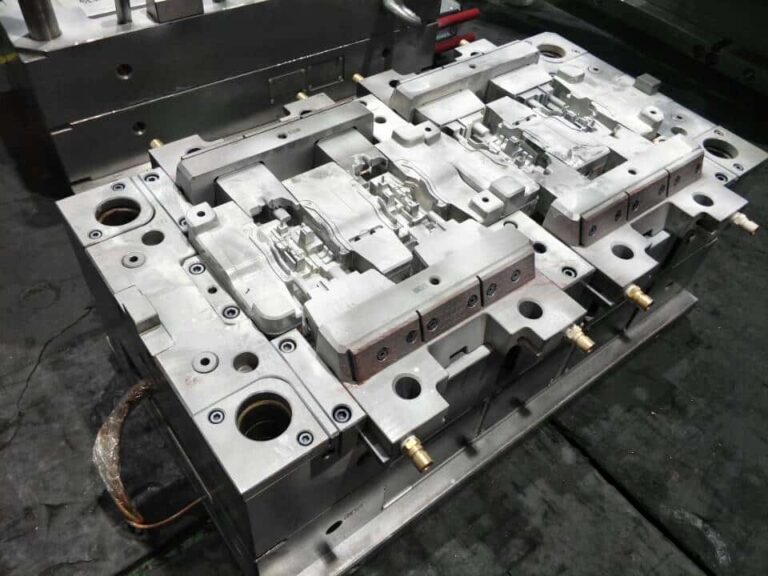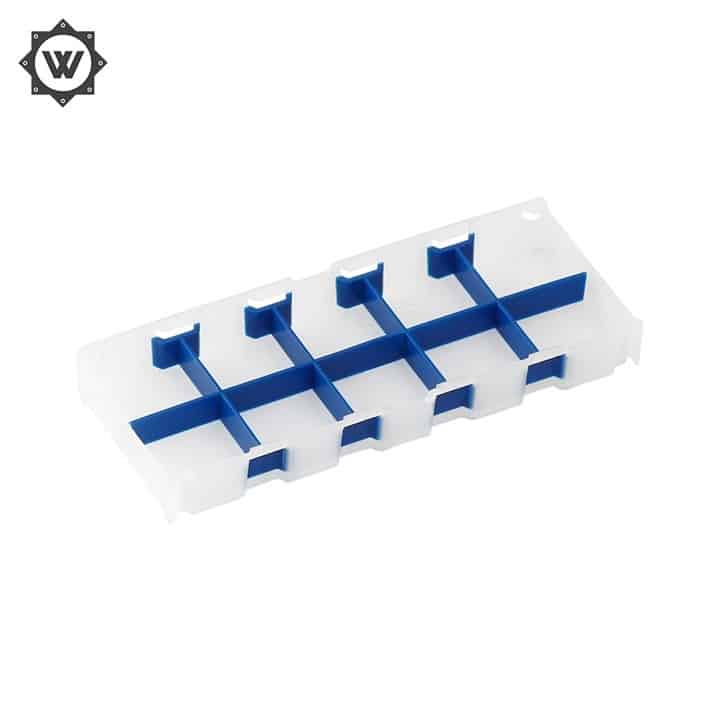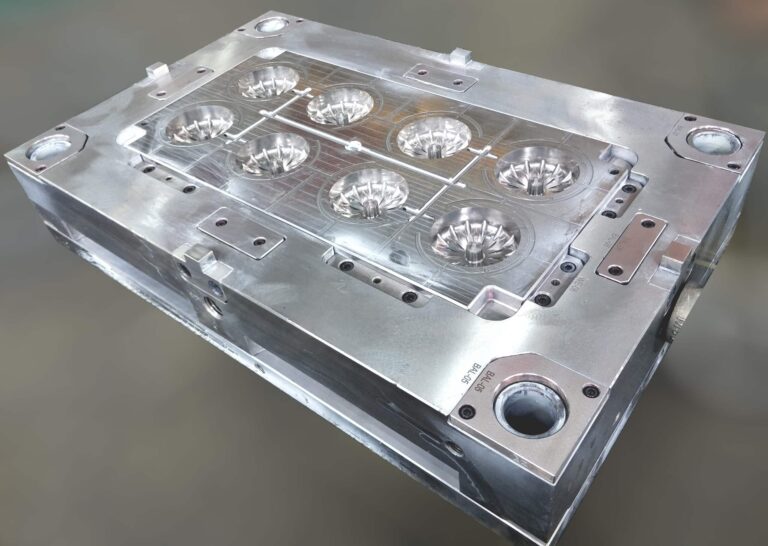The lathe is the master machine of all equipment, as is the case for plastic mold factories, so the understanding and classification of lathes is the most basic. First of all, let’s know what a lathe is. A lathe is a machine tool that mainly uses turning tools to turn rotating workpieces. On the lathe, drills, reamers, taps, dies and knurling tools can also be used for corresponding processing.
Lathes are mainly divided into nine types:
1. Common lathe
The general lathe is a horizontal lathe that can process various types of workpieces such as shafts, discs and rings. It is commonly used for machining internal and external rotary surfaces, end faces and various internal and external threads of workpieces. It can also be used for drilling, reaming, tapping and knurling with corresponding tools and accessories. Wide range of machining objects, large adjustment range of spindle speed and feed rate, capable of machining internal and external surfaces, end faces and internal and external threads of workpieces. This kind of lathe is mainly manually operated by workers, with low production efficiency, and is suitable for single piece, small batch production and repair workshops.

2. Turret Lathe and Rotary Lathe
The turret tool holder or the turning wheel tool holder that can hold multiple tools can be used by workers to complete multiple processes in a single clamping process. It is suitable for mass production. The vertical and horizontal feed of turret lathe tool rest is equipped with a stop and stroke setting device, which can automatically control the size of chrome nickel steel pieces, ensure the consistency of the size of batches of workpieces, automatically realize the operation of speed change preselection, feed rate change, etc. of the machine tool, or the semi-automatic and automatic operation of the whole machine, providing conditions for one person with multiple machines to watch and accept automatic lines.
3. Automatic lathe
Automatic lathe is a kind of high performance, high precision, low noise automatic lathe. It is an automatic processing machine that controls the processing program through the cam. In addition, there are also some CNC automatic lathes, pneumatic automatic lathes and centerless automatic lathes, the basic core of which is that the same product can be automatically processed for a long time after certain settings and adjustments. It is suitable for the processing and manufacturing of precision parts such as copper, aluminum, iron and plastic, and for the batch processing of small parts, especially complex parts, in the industries such as instruments, clocks, automobiles, glasses, electronic parts, connectors, computers, mobile phones, and electromechanical devices. It can automatically complete the multi process processing of small and medium-sized workpieces according to a certain program, automatically load and unload materials, and repeatedly process a batch of the same workpieces. It is suitable for mass production.
4. Multi cutter semi-automatic lathe
Tool semi-automatic lathe is a machine tool that mainly uses turning tools to turn rotating workpieces. On the lathe, drills, reamers, taps, dies and knurling tools can also be used for corresponding processing. There are single shaft, multi shaft, horizontal and vertical types. The layout of the single axis horizontal type is similar to that of an ordinary lathe, but the two groups of tool holders are respectively installed at the front and back of the spindle or up and down, which are used to process disks, rings and shaft workpieces. Its production efficiency is 3 to 5 times higher than that of an ordinary lathe.
5. Copying lathe
Copying machine tool refers to a semi-automatic machine tool that performs cutting according to the moving track of the tool or workpiece controlled by a template or a copying model. It can automatically complete the processing cycle of workpieces by imitating the shape and size of sample plates or samples. It is suitable for small batch and batch production of workpieces with complex shapes. Its productivity is 10~15 times higher than that of ordinary lathes. There are multi tool holder, multi axis, chuck type, vertical type, etc.
6. Vertical lathe
Vertical lathe is used to process workpieces with large diameter and weight, or difficult to install on horizontal lathe. The spindle axis is perpendicular to the horizontal plane, and the workpieces are installed on the horizontal rotary worktable. The worktable takes the main motion of motion rotation, and the vertical tool rest and side tool rest implement the feed motion. The spindle is perpendicular to the horizontal plane, the workpiece is clamped on the horizontal rotary table, and the tool rest moves on the beam or column. It is suitable for processing large, heavy workpieces that are difficult to install on an ordinary lathe, generally divided into two categories: single column and double column.
7. Relieving lathe
The relieving lathe is suitable for forklift or relieving and grinding gear hobs with modulus of 1-12mm, other types of gear cutters and various cutters that need to shovel the tooth back. The relieving lathe can also be used to process various threads and parts with special shapes. The design structure of the relieving lathe can not only ensure the precision of machining, but also ensure the good surface finish. At the same time of turning, the tool holder periodically makes radial reciprocating motion, which is used for forming tooth surfaces of forklift milling cutter, hob, etc. It is usually equipped with relief grinding accessories, and the tooth surface is relieved by a small grinding wheel driven by a separate motor.
8. Special lathe
Specialized machine tool refers to the machine tool used for processing a certain part of the same type of workpieces with similar shapes but different sizes; For example, crankshaft journal lathe, crankshaft connecting rod journal lathe, camshaft cam lathe, camshaft cam grinder, etc. A lathe used to process specific surfaces of certain types of workpieces, such as crankshaft lathe, camshaft lathe, wheel lathe, axle lathe, roll lathe, ingot lathe, etc.
9. Combined lathe
It is used for turning, but after adding some special parts and accessories, it can also be used for boring, milling, drilling, inserting, grinding, etc. It has the characteristics of “one machine with multiple functions” and is suitable for repair work on engineering vehicles, ships or mobile repair stations.
Among the above nine types of lathes, some are used in mold processing and some are not. Lathes and molds are used as carriers for producing molded products or parts. It is used for processing and manufacturing. To sum up, it can be divided into ordinary lathes, CNC lathes and machining centers. In other words, machine tools are just the evolution of lathes.

